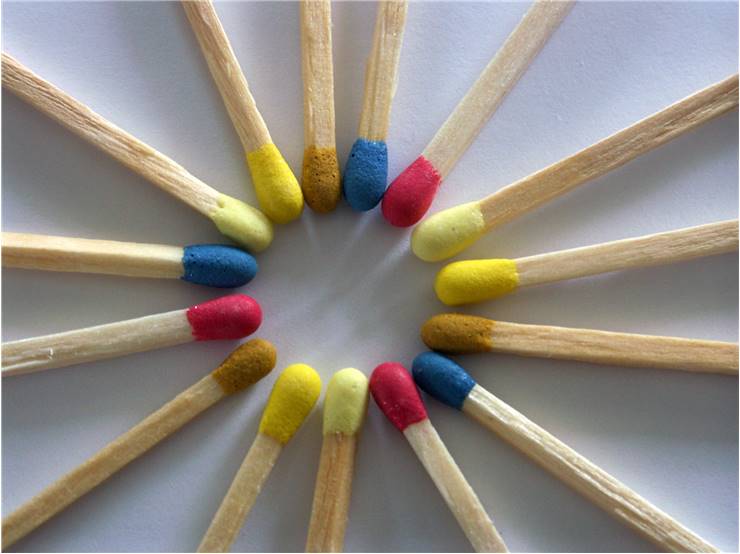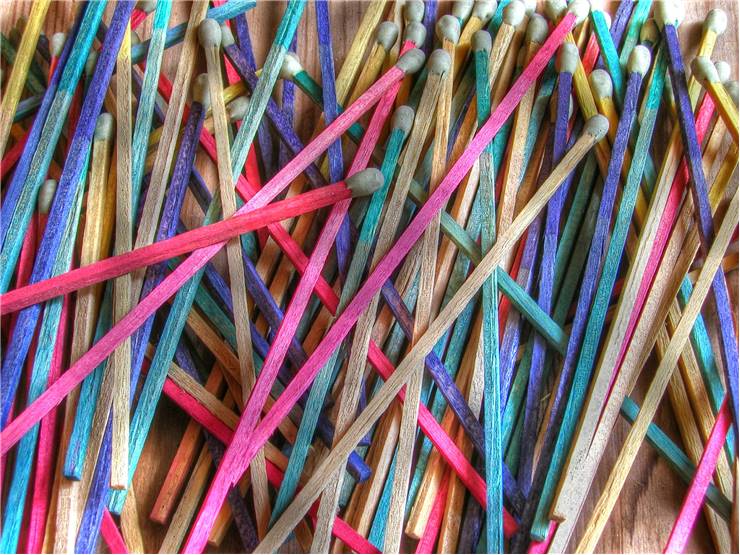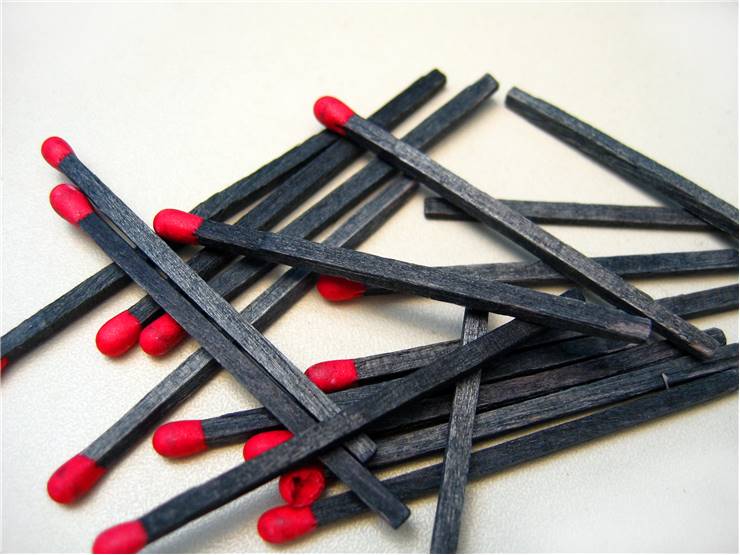How Matches are Made? Materials and Making Process
Introduction of matches change the way we use fire in a profound way. With the ability for everyone to instantly create fire and make it portable, modern human civilization changed in many ways. The discovery of matches was a long process filled with numerous various designs that used vastly different chemical ingredients and modes of igniting the flames. However after the long period of innovation, one match design finally emerged as a winner. “Safety match” was created by the Swedish chemist Gustaf Erik Pasch in first half of 1800s and popularized by the industrialist John Edvard Lundström in second part of 19th century.
Gustaf Erik Pasch’s “safety match” was not called “safe” for no reason. Before it arrived on the worldwide market, the most popular type of matches was Charles Sauria’s white phosphorus match. Even though it was produced in by the billions every year, this match had few fatal flaws (white phosphorus was toxic, and the matches had tendency of self-inflammation due to slight friction) that eventually forced them out of production. Safety matches moved to red phosphorus that was located not on a match, but on a dedicated striking surfaces.

Here is the procedure for creating modern matches.
Raw Materials:
- Straight grained wood, usually white pine or aspen.
- Ammonium phosphate and Paraffin wax for the treatment of wood.
- Antimony trisulfide and potassium chlorate for the match head.
- Powdered glass and other inert materials for better friction and burning rate.
- Animal glue for binding ingredients.
- Zinc oxide for coloring of the match head.
- Sulfur, rosin, small amount of paraffin wax and phosphorus sesquisulfide for the base of the match.
- Water-soluble dye for coloring of the base.
- Striking surface contains red phosphorus, powdered glass, and an adhesives (gum arabic or urea formaldehyde)
- Cardboard for match boxes and match books.
Manufacturing process consists of a several distinct stages:
1. Preparing of wood. Wood is cut, into small matches, soaked in fire retardant ammonium phosphate and left to dry. Striking end of the stick is then soaked in hot paraffin wax, which will provide small amount of fuel to the wood, enabling it to burn more easily.
2. After matches are transferred to the conveyor belt that is fileld with holes in which sticks are inserted, then they are carried to the tanks that contain two mix of chemicals. One to serve as a base, and one as a finalized layer of match head. Conveyors then move matches away from the tanks, allowing them to get dry.
3. Packaging and storing.



